 There has been a debate raging in the internet about whether is it wise to add an additional piece of glass filter in front of your expensive lenses as a form of protection against the elements of daily usage. Skeptics say this additional piece of glass filter would impact the quality of your image (contrast, sharpness, color rendition, tonal range). While others claim this piece of glass could actually help protect your investment against accidental scratches, bumps, make cleaning easier and safer etc.
There has been a debate raging in the internet about whether is it wise to add an additional piece of glass filter in front of your expensive lenses as a form of protection against the elements of daily usage. Skeptics say this additional piece of glass filter would impact the quality of your image (contrast, sharpness, color rendition, tonal range). While others claim this piece of glass could actually help protect your investment against accidental scratches, bumps, make cleaning easier and safer etc. The most common glass filter used on the lens today would be the ultraviolet filter or UV filter which the manufacturer claims; helps absorb the ultraviolet rays which often make outdoor photographs hazy and indistinct it also serves as a permanent lens protector. So the million dollar question on my mind was whether:
The most common glass filter used on the lens today would be the ultraviolet filter or UV filter which the manufacturer claims; helps absorb the ultraviolet rays which often make outdoor photographs hazy and indistinct it also serves as a permanent lens protector. So the million dollar question on my mind was whether:1. The filter really affects contrast, sharpness, color rendition and tonal range?
2. Since I have Hoya and B+W with distinct price difference. Is there a difference between the two?
To answer the above questions, I ran a test on both filters using a D3 equipped with a AF-S VR Micro-Nikkor 105mm f/2.8G IF-ED lens. Reason for this lens was because of its legendary sharpness and details.
As for the images, everything was shot in RAW opened in Capture NX and converted to jpeg with NO post processing. So the sample images below are from that conversion in Capture NX and NOT in camera jpeg. Matrix metering was used to ensure consistent exposure of the entire scene.
As for the images, everything was shot in RAW opened in Capture NX and converted to jpeg with NO post processing. So the sample images below are from that conversion in Capture NX and NOT in camera jpeg. Matrix metering was used to ensure consistent exposure of the entire scene.
Test Scenario Landscape
I like this particular scene because of the detail it provides. It has an excellent tonal range from dark tones in the shack and on the foliage to the highlights from the sun on the building. Clicking on the image would lead to the original image itself.
No Filter | ISO 200 | 1/200s | f/11 | 0EV
Hoya HMC UV Filter | ISO 200 | 1/200s | f/11 | 0EV
B+W UV Filter | ISO 200 | 1/200s | f/11 | 0EV
Test Scenario Brick wallThe classical brick wall. Not the average brick wall which you see in some test but it should be sufficient. Take note of the histogram between the above and the one here. Did you notice how consistent the results are? Clicking on the image would lead to the original image itself.
I also have 200% zoom crop samples No Filter, Hoya and B+W.Findings
The exposure indicator was in the center for all the scene and the camera gave the same reading for Hoya, B+W and no filter. Through the naked eye it would be difficult to differentiate the image unless you pixel peep but if you compare the histograms carefully you can see the difference.
No UV Filter
Hoya HMC UV Filter
Exposure: the Hoya produces a slightly darker image while the B+W tend to produce a slightly overexposed image when compared against the image without any filters. This result is consistent across two sets of test scenarios.
Tonal Range / Color / Contrast: Since the exposure is affected it produces a domino effect which in turn affects the tonal range, color rendition and also contrast.
Sharpness: I could not find any sharpness issues between all test results. Hoya and B+W maintained the same level of sharpness as compared to the image without filter in both test scenarios.
Sharpness: I could not find any sharpness issues between all test results. Hoya and B+W maintained the same level of sharpness as compared to the image without filter in both test scenarios.
Base on the test result my main concern would be the B+W filters and its tendency of overexposure. This would be dangerous for a photographer especially when confronted with a high contrast scene where the risk of blown highlights would be magnified with this filter attached.
As to whether its worth to have a UV filter, given the minimal impact it had on image quality demonstrated above I believe its a worthy investment. Don't you agree?
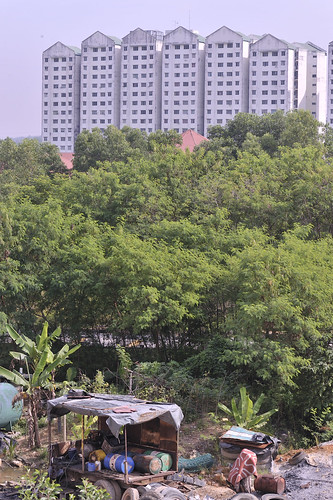
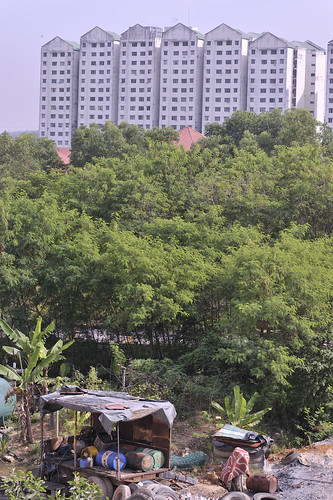



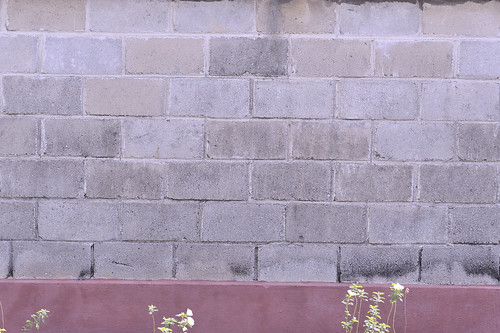
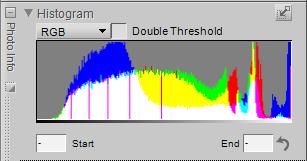
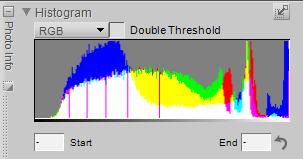







I totally agree, the last thing I need while taking pictures is worrying about the lens. If you use a filter from day one, you never have to worry about rain, snow, high winds and dust, etc.
ReplyDeleteGreat work, thank you so much.
Hey, I just wanted to comment on this article. It caused me to mistakenly buy a Helliopan UV filter instead of a B+W because it said the B+W overexposed. Spent $150 and had to return it.
ReplyDeleteB+W filters are the best for accurate representation of the image. I think what happened is the poster didn't use a multicoated B+W filter and did use a multicoated Hoya filter (F-pro filters come in both coated and uncoated, while HMC Hoya filters are coated always). The results are consistent with an uncoated filter which overexposes and and a coated filter which underexpose or are even.
The B+W coated filters are the best for pure IQ compared to anything else but block a mediocre amount of UV light Hoya HMC are the best for IQ and UV blocking and are therefore the best UV filter. For digital cameras the sensor already has nearly perfect UV filtering so UV filtering isn't necessary, so B+W is the best.
If you're wondering the Heliopan filter is best for Landscape photography and for photographing distant mountains. I'm a portrait photographer so this isn't useful for me.
See this test:
http://www.lenstip.com/113.4-article-UV_filters_test_Description_of_the_results_and_summary.html
@standingonthebox: thank you so much for your input.
ReplyDeleteTo the rest which reads this please take note of few important points:
1. Take the test results with a grain of salt and conduct your own testing on your own filters to better understand the filter characteristics.
2. If you pixel peep at all of the 3 images it will be very hard to tell which one uses a filter and even what filter.
3. The difference from the filter comes to play on the degree of "light" which it allows through the lens to the sensor.
Hope that helps.
P/S: link to lenstip site was provided under this post "http://braendan.blogspot.com/2009/06/uv-filters-are-not-created-equal.html".